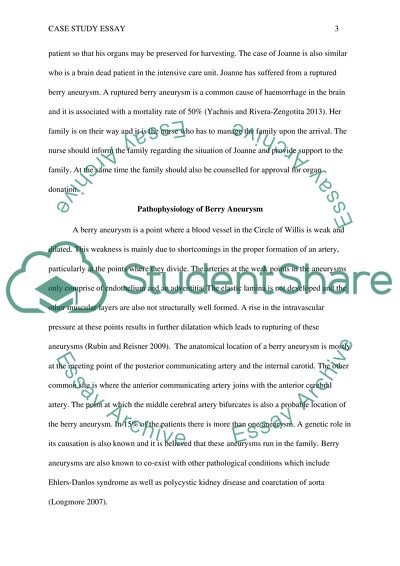Cite this document
(“Case Study Essay: Joanne ruptured berry aneurysm, intracerebral Essay”, n.d.)
Retrieved from https://studentshare.org/nursing/1482928-case-study-essay-joanne-ruptured-berry-aneurysm
Retrieved from https://studentshare.org/nursing/1482928-case-study-essay-joanne-ruptured-berry-aneurysm
(Case Study Essay: Joanne Ruptured Berry Aneurysm, Intracerebral Essay)
https://studentshare.org/nursing/1482928-case-study-essay-joanne-ruptured-berry-aneurysm.
https://studentshare.org/nursing/1482928-case-study-essay-joanne-ruptured-berry-aneurysm.
“Case Study Essay: Joanne Ruptured Berry Aneurysm, Intracerebral Essay”, n.d. https://studentshare.org/nursing/1482928-case-study-essay-joanne-ruptured-berry-aneurysm.


